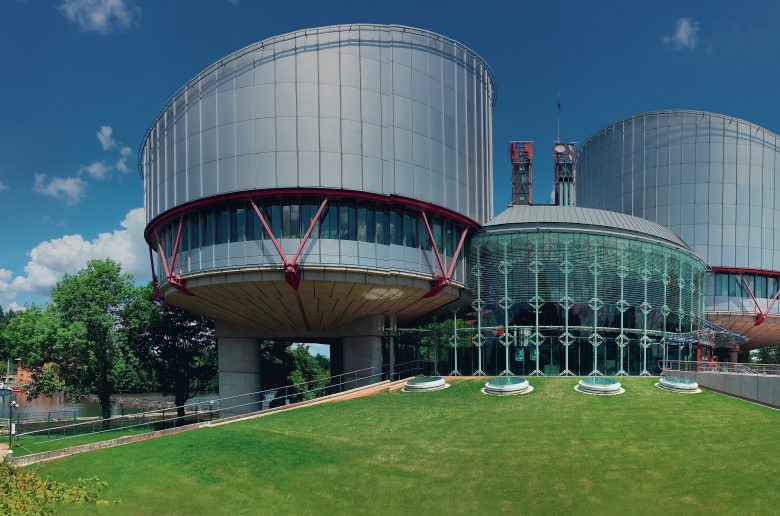
July 2009 saw the 60th anniversary of the creation of legal aid. The provision of public funding for legal actions was part of the welfare state in 1949 to provide relief for the many who could not afford legal advice or representation. Along with education, social welfare, housing policy and the National Health Service, access to legal advice and representation was seen as crucial to a fair and just society. Prior to 1949 ‘poor’ people had some statutory relief but largely had to either depend on charitable organisations taking up their case or appeal to the charitable nature of lawyers prepared to take such cases on a pro bono basis. Those on low or even moderate incomes were disadvantaged by the high cost of employing a lawyer and such costs clearly prevented justice for all.
This article relates to AQA AS Unit 1: Legal System section (The Legal Profession and funding); OCR AS Unit 1/G151: English Legal System (Provision of legal services: Government funding); and WJEC AS Unit 1: Understanding Legal Structures and Processes (Access to Justice: Sources of funding).
Your organisation does not have access to this article.
Sign up today to give your students the edge they need to achieve their best grades with subject expertise
Subscribe




